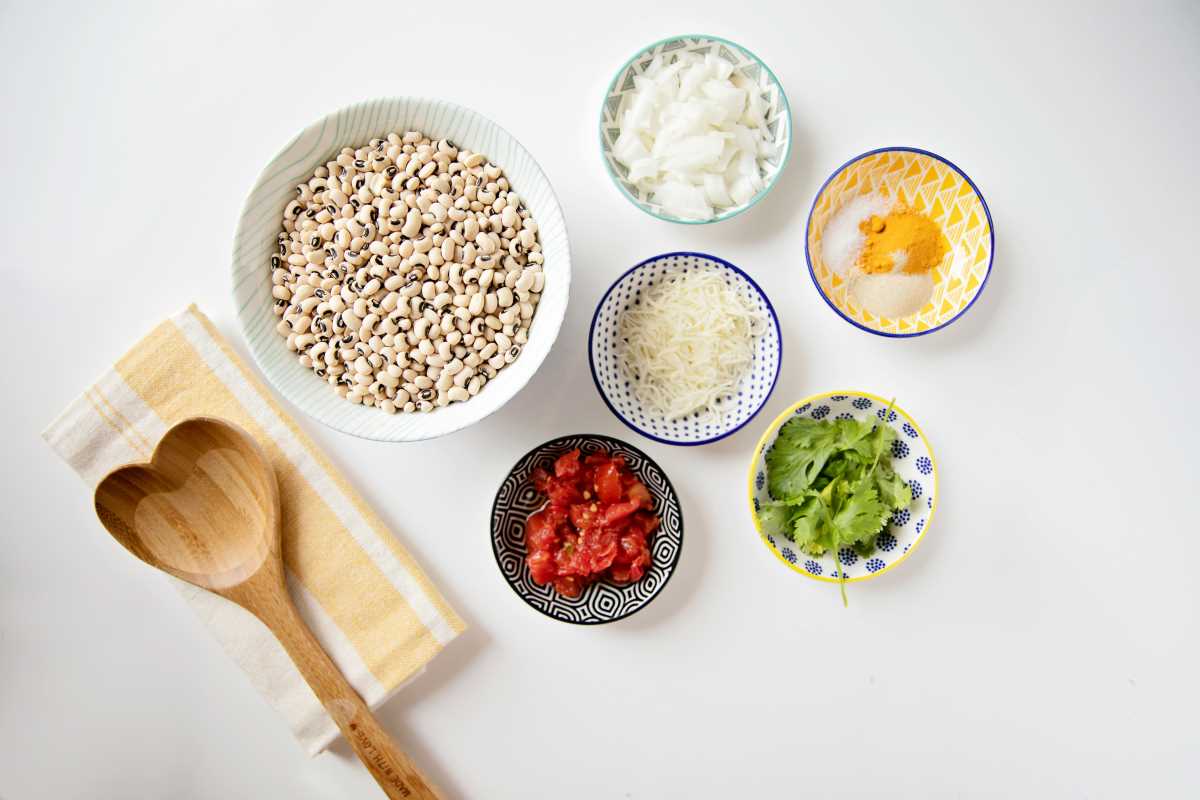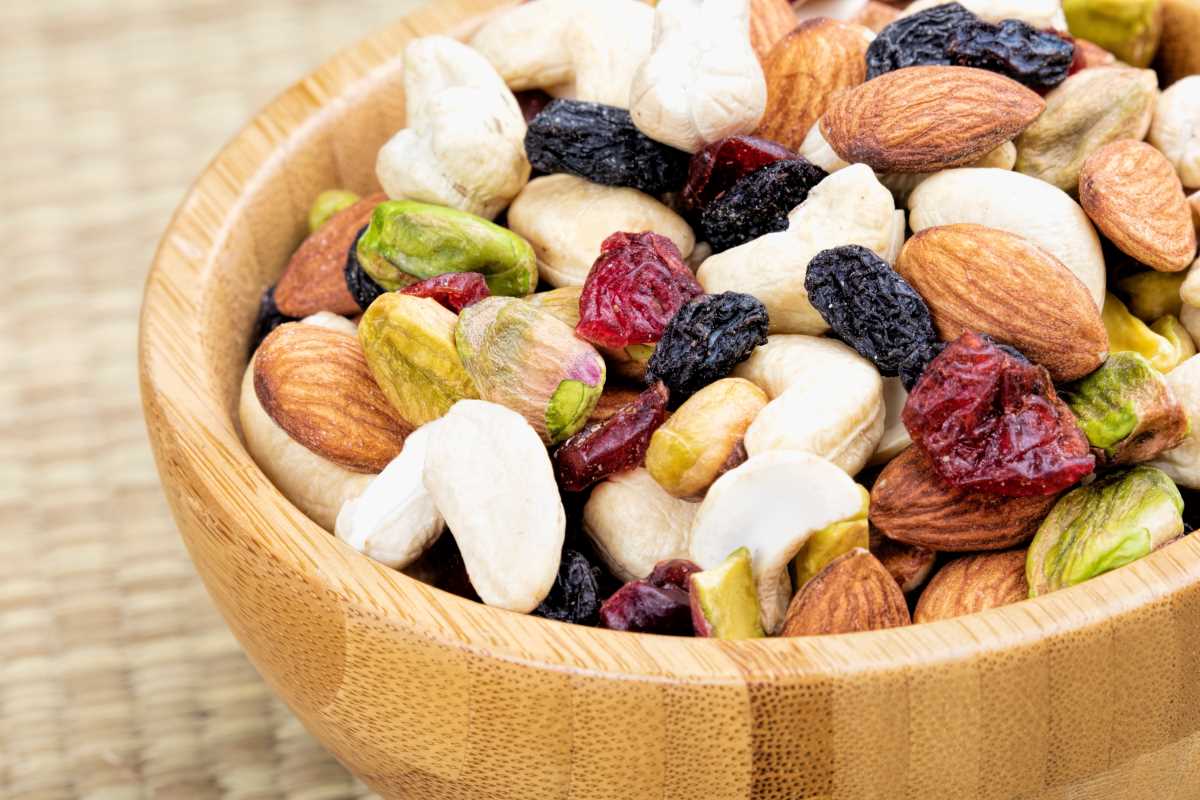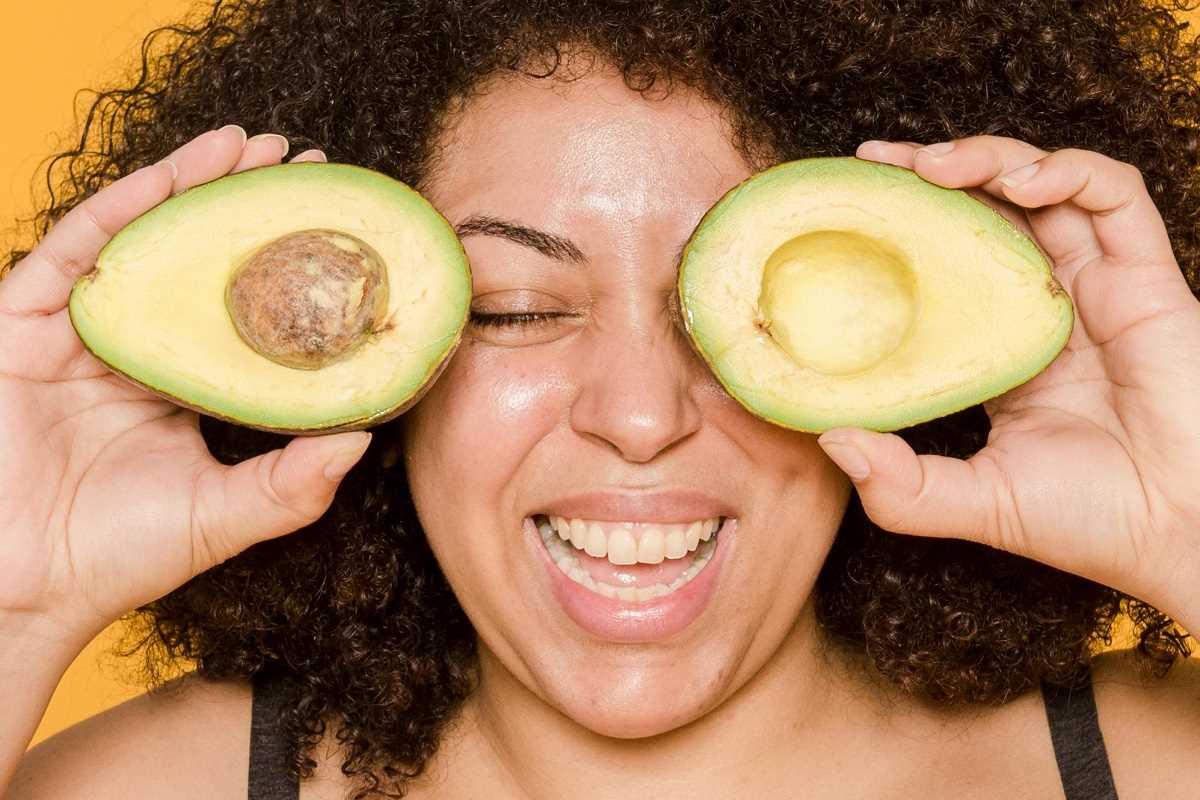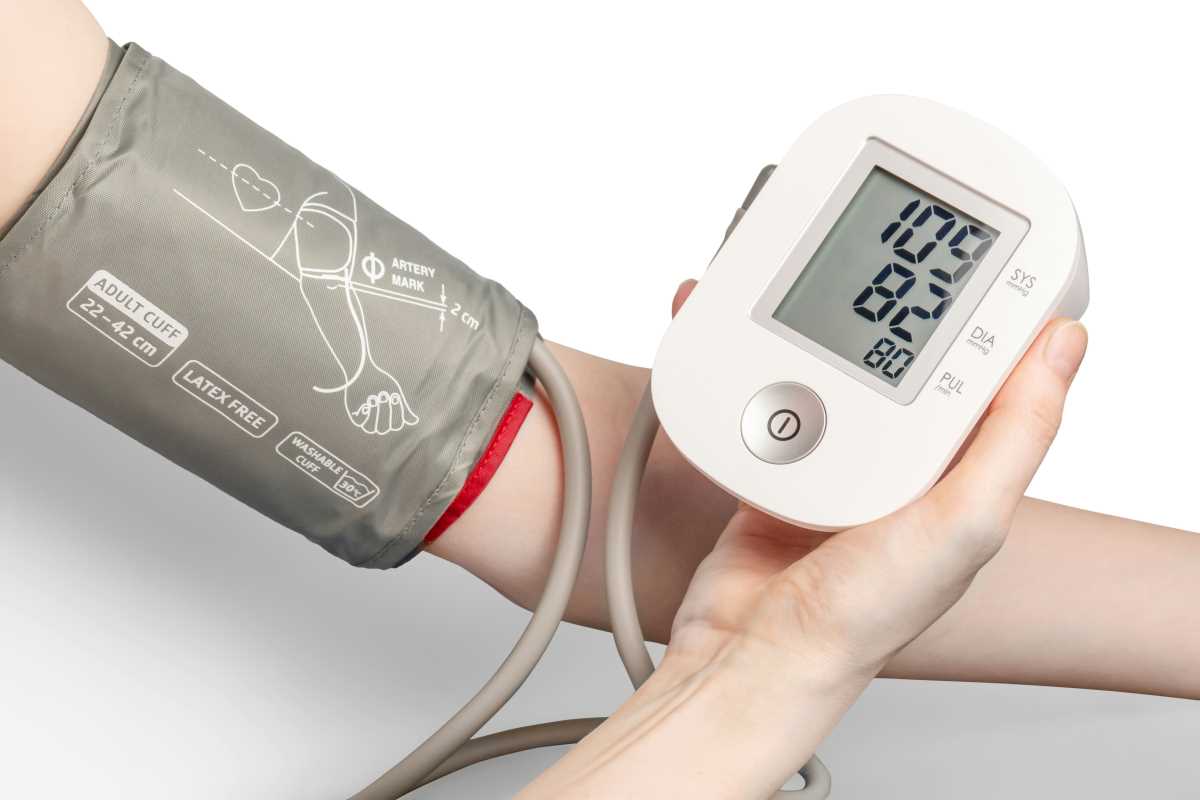Your blood is like a well-oiled machine. It carries oxygen and nutrients throughout your body, while also having a built-in repair system that jumps into action when you need it most. Every time you get a cut, your blood clots to stop the bleeding. When you're on the move, good circulation keeps everything running smoothly, making sure your organs and muscles get what they need. Here's the catch—what you put on your plate actually plays a huge part in keeping this vital system in top shape.
Let's break down how certain foods can help your blood clot when it needs to and keep it flowing freely the rest of the time. We'll skip the medical mumbo-jumbo and keep things practical and easy to understand, just like if we were chatting over lunch.
Understanding the Basics
First, picture blood clotting as your body's emergency response squad. When there's an injury—maybe you nick yourself shaving or get a scrape playing basketball—special proteins and cells in your blood join forces to plug up the leak and seal the wound. That's blood clotting at work. You want this to happen when you're hurt.
On the other hand, good circulation is all about your heart pumping blood where it needs to go, making deliveries to your organs, brain, and muscles, and then carrying away waste products. When circulation is healthy, it's like rush-hour traffic moving without a jam. Your heart doesn't have to struggle, and everything flows the way it should.
The real trick is balance. You don't want your blood to clot at the wrong times and cause trouble, but you need it to be ready when you get hurt. By eating the right foods, you give your body the tools for this balancing act.
Vitamin K: The Clotting Champion
Vitamin K is like your blood's head mechanic—it helps create the proteins that make clotting possible. Without vitamin K, a tiny scrape could turn into a bigger problem because your blood wouldn't clot properly.
Fantastic sources of vitamin K:
- Leafy greens—spinach, kale, collard greens, Swiss chard, turnip greens
- Broccoli and Brussels sprouts
- Green beans
- Cabbage
- Asparagus
- Avocado
Easy ways to get more: Try tossing a handful of spinach into your scrambled eggs, adding kale to soups, or mixing shredded cabbage into coleslaw or salads. Even making a green smoothie with your favorite fruits and some leafy greens is a simple way to boost your vitamin K. The beauty of these vegetables is that they're versatile—you can steam them, roast them, or eat them raw in salads.
Omega-3 Fatty Acids: The Circulation Boosters
Think of omega-3 fatty acids as the WD-40 for your blood vessels. They help reduce inflammation, keep your blood from getting too sticky, and support smooth blood flow. This really matters as you get older, since arteries can get stiffer or narrower with time.
Top omega-3 sources:
- Fatty fish—salmon, mackerel, sardines, herring, trout, albacore tuna
- Walnuts
- Flaxseeds and chia seeds
- Hemp seeds
- Soybeans (edamame)
- Eggs (especially omega-3 enriched)
Simple ways to add omega-3s: Grill or bake salmon once or twice a week—seasoned simply with lemon and pepper. Not a seafood guy? Toss walnuts on cereal, add ground flaxseed to yogurt or smoothies, or sprinkle chia seeds over your salad. You could even try snacking on roasted edamame for a crunchy, protein-rich treat.
Here's a practical tip: if fresh fish seems expensive or intimidating, canned salmon and sardines are budget-friendly alternatives that pack the same omega-3 punch. Mix canned salmon into pasta salad or make sardine toast with whole grain bread and a squeeze of lemon.
Iron: The Oxygen Carrier
Iron is what lets your blood shuttle oxygen around your body—without enough iron, it's like running your car on empty. You might find yourself feeling tired or low on energy if your iron is low. This is especially important for men as they age because absorption can dip with time, and certain medications or health issues can affect iron levels.
Good iron sources:
- Red meat (beef, lamb, but enjoy in moderation)
- Chicken and turkey (try the darker cuts for more iron)
- Beans, lentils, and chickpeas
- Tofu and tempeh
- Pumpkin seeds and sunflower seeds
- Dark chocolate (aim for 70% cacao or higher)
- Spinach and other dark leafy greens
Iron tip: Your body absorbs plant-based (non-heme) iron a little less efficiently, but vitamin C helps. So, add some red bell pepper slices or an orange to your meal when enjoying beans or leafy greens. Try making a three-bean chili with bell peppers, or add orange segments to your spinach salad.
Foods Rich in Nitrates: Natural Circulation Enhancers
Nitrates from veggies might sound technical, but think of them as your body's natural way to boost blood flow. Your body turns these nitrates into nitric oxide, which relaxes and widens your blood vessels—making it easier for blood to flow, lowering blood pressure, and giving your heart a break.
Natural nitrate sources:
- Beets (roast them, juice them, or add to salads)
- Beetroot juice
- Celery
- Leafy greens like arugula, spinach, and lettuce
- Radishes
- Carrots
Try this: Roast sliced beets for a sweet, earthy side dish that pairs great with grilled meats. Or, add a small glass of beetroot juice to your morning routine, especially before exercise. Many guys find this gives them a nice boost for workouts. Don't worry if your urine turns pink after eating beets—that's completely normal and harmless.
Garlic and Onions: The Dynamic Duo
Garlic and onions are not just flavor enhancers—they actually help keep your blood from forming clots when it shouldn't, and they're great for overall heart health. The compounds in these foods support healthy circulation and may even lower cholesterol and blood pressure over time.
How to use them: Add chopped garlic and onions to soups, stir-fries, or marinades. Try roasting whole heads of garlic for a spreadable, mellow addition to bread or roasted meats. Sauté onions as a base for pretty much any meal—your heart will thank you, and so will your taste buds. The key is using them consistently rather than occasionally.
Antioxidant-Rich Berries and Dark Fruits
Berries and other deep-colored fruits are full of antioxidants called anthocyanins. These help protect your blood vessels from damage and improve circulation. Some studies even suggest that eating more of these fruits can help lower blood pressure and reduce your risk of heart disease.
Best berry choices:
- Blueberries, blackberries, and raspberries
- Strawberries
- Cherries
- Purple grapes
- Pomegranates
- Plums
Easy ways to eat more: Top your cereal or yogurt with a handful of berries in the morning. Keep a bag of frozen berries on hand to make quick smoothies, or just grab a bowl for dessert instead of reaching for cookies. Frozen berries are just as nutritious as fresh ones and often more affordable.
Additional Circulation-Supporting Foods
Tomatoes: Rich in lycopene, which helps keep arteries open and reduces clotting tendencies. Cooked tomatoes actually have more available lycopene than raw ones, so pasta sauce, soup, and roasted tomatoes are excellent choices.
Citrus fruits: Oranges, grapefruits, and lemons contain vitamin C and flavonoids that support blood vessel health and reduce inflammation. Start your day with half a grapefruit or add lemon juice to your water.
Herbs and spices: Turmeric and ginger have compounds that may help reduce unwanted clotting and support circulation. Try adding fresh ginger to smoothies or sipping on turmeric tea. Even common spices like cinnamon and cayenne pepper can support healthy circulation.
Putting It All Together: Practical Daily Tips
Breakfast ideas:
- Scramble eggs with spinach, onions, and a bit of garlic
- Top your oatmeal with walnuts, berries, and a sprinkle of cinnamon
- Blend a smoothie with leafy greens, beets, frozen berries, and ground flaxseed
Lunch options:
- Fill a wrap with grilled chicken, leafy greens, tomatoes, and avocado
- Make a salad with arugula, walnuts, orange slices, and beets
- Add beans and roasted vegetables to grain bowls
Dinner solutions:
- Grill salmon with roasted Brussels sprouts and garlic
- Make a stir-fry with plenty of onions, garlic, and colorful vegetables
- Prepare a hearty soup with beans, leafy greens, and tomatoes
Smart snacking:
- Keep a mix of nuts and seeds in your car or desk
- Snack on berries, grapes, or cherries instead of processed sweets
- Try celery sticks with almond butter or hummus
Important Considerations
If you're taking blood-thinning medications like warfarin, talk to your doctor before making major changes to your vitamin K intake. These foods support natural, healthy blood function, but medication interactions are always worth discussing with your healthcare provider.
Also remember that lifestyle factors matter just as much:
- Stay active with regular walking, swimming, or other activities you enjoy
- Don't smoke—it damages blood vessels and interferes with circulation
- Limit alcohol to moderate amounts
- Manage stress through relaxation techniques, hobbies, or social connections
- Stay hydrated to keep your blood at the right consistency
 (Image via
(Image via





